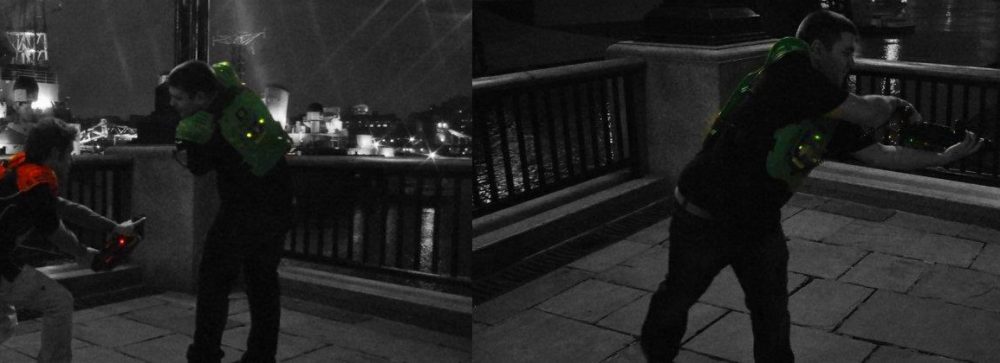I recently purchased a couple of Nextion displays. These clever little things combine an ARM processor and a resistive touch screen display in to a single unit. Not too amazing on its own, but what is great is ability to rapidly create a UI and link that back to whatever you wish via TTL serial.

Nextion 4.3″ Display
You create the user interface via their free tool. This allows you to drop components on to the display such as sliders, buttons, waveforms, progress bars, etc. You add fonts and images as you require and apply them to the components you’ve dropped on to the display. You can then add simple logic code to perform actions based upon actions or timers, making a fully interactive display with almost no coding. You can have multiple pages, where each page has a different set of controls – allowing you to create a complex system without a lot of effort.
When you are happy with your application you compile it, and this validates the solution you’ve created and outputs the result to a single compiled .TFT file. You can either connect the display via a serial port to your computer and upload the results directly, or you can copy the .TFT file on to a FAT32 formatted microSD card, insert it in to the display and power-cycle it which causes the display to copy the microSD card contents over to internal memory.
I managed to knock together a simple application from unboxing to end product in just over an hour, learning the designer UI as I went. This is a video of the demo app I created for the RaspberryPint meet up.
The serial TTL link allows this to feedback to whatever device you wish. I’ve not yet played around with that, but hope to link this up to the RaspberryPi to create a simple embedded solution rather than have to link up to a full HDMI screen and USB keyboard.
So what are the bad points – well the touch screen is resistive, which means it depends upon pressure to detect touch. That makes it a little less responsive than you might wish at times, given most are used to capacity tough these days. It is still very usable and everyone that tried adjusted very quickly to operating it. The UI designer isn’t quite as logical as it could be, but once you grasp the key concepts of adding images and fonts as resources most of it makes sense. The scripting language is good but VERY fussy about syntax. The examples on their website of the code are completely wrong in some cases, and won’t compile…. so it took a few minutes of fiddling to realise that I needed to remove certain spaces to get it to work. However once you adjust to these quirks the product is amazingly good, allowing you to rapidly create an embedded UI with incredible ease.
You can order them from https://www.itead.cc/display/nextion.html and the 2.4″ starts from less than $18! The display above is 4.3″ and costs $45.
